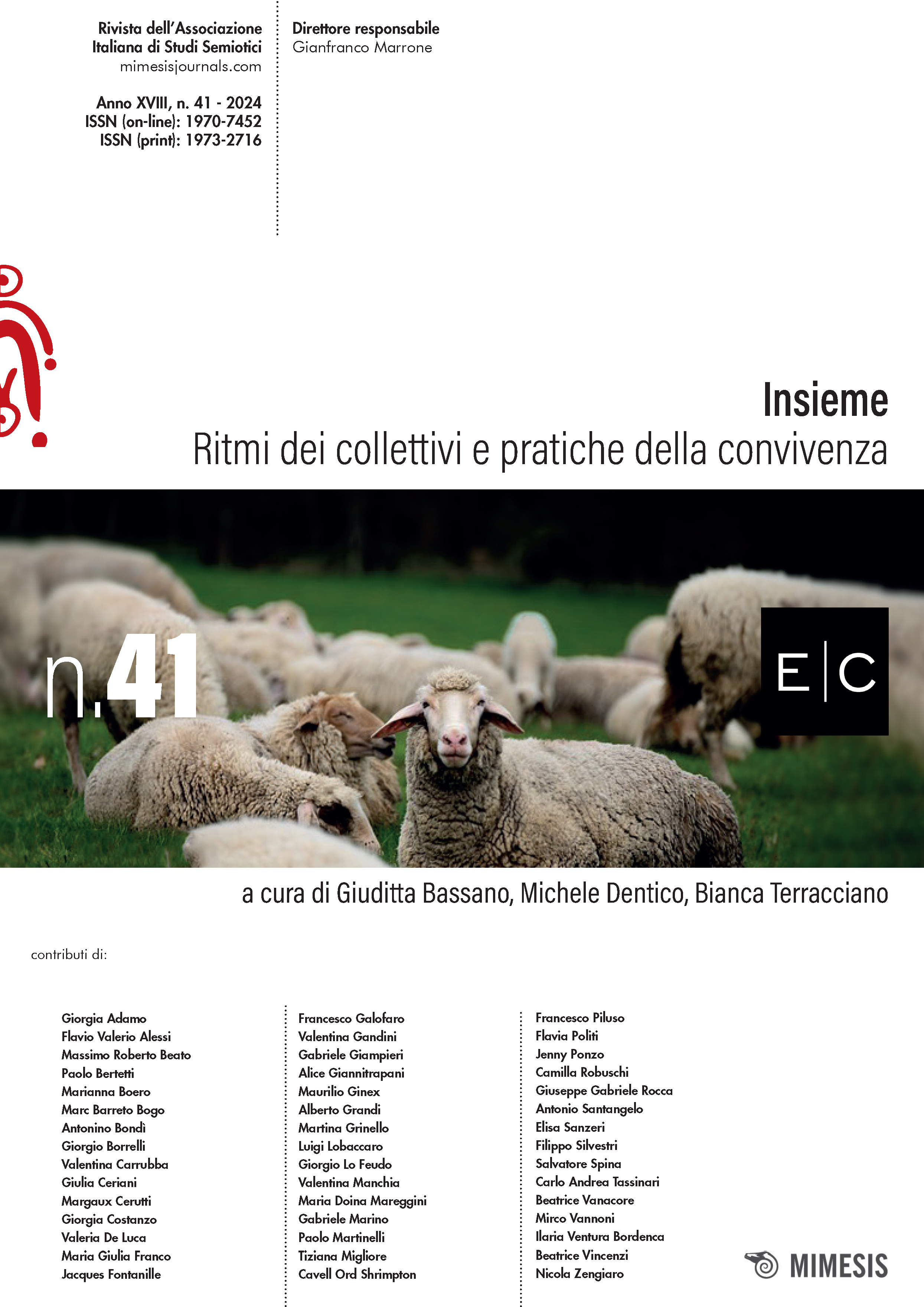The Value of Digital Design Ethics in Maintaining Semiotic Visual Message Authority of Signs in an AI Landscape
Abstract
Il design comprende ogni sistema, dalla lettura a internet, dall'orientamento a un piano o un disegno, fino all'aspetto e alla funzione di un edificio, di un giardino o di uno spremiagrumi; tutti i processi richiedono che un sistema di design venga esplicitamente definito. Il concetto di design thinking si è sviluppato naturalmente insieme a molte pratiche e sistemi complessi, e l'aumento delle piattaforme digitali ha accelerato la diffusione della pratica del design. In questi tempi di rapidi cambiamenti, l'inclusione del pensiero e della pratica del design artistico moderno necessita di una codificazione trasparente, sia per gli esperti che per i non addetti ai lavori.
Questo studio mira a far luce sulla disparità globale tra la pratica del design da parte di designer digitali principianti e disseminatori di messaggi e i loro colleghi designer professionisti. Il valore di un'etica universale del design digitale per mantenere l'autorità semantica del messaggio visivo (la prescrizione dell'autenticità del messaggio e del significato da parte dell'autore originario) è stato precedentemente indagato, ma non nel contesto dello spazio digitale, inclusi i futuri sviluppi dell'intelligenza artificiale, e non è stato pienamente elucidato o supportato, benché mai così necessario come ora.
I dati sono stati raccolti attraverso un'osservazione della percezione degli artefatti visivi digitali, che incorporava una galleria di ritratti generati da intelligenza artificiale, simile ai ritratti della National Portrait Gallery e a serie fotografiche, in cui le identità demografiche non erano assegnate. I partecipanti sono stati invitati a rispondere a una serie di domande che facevano riferimento all'autorità semantica del messaggio visivo. I risultati mostrano la natura ad hoc della percezione umana in relazione al riconoscimento dei ritratti generati dall'IA fino ad oggi.



